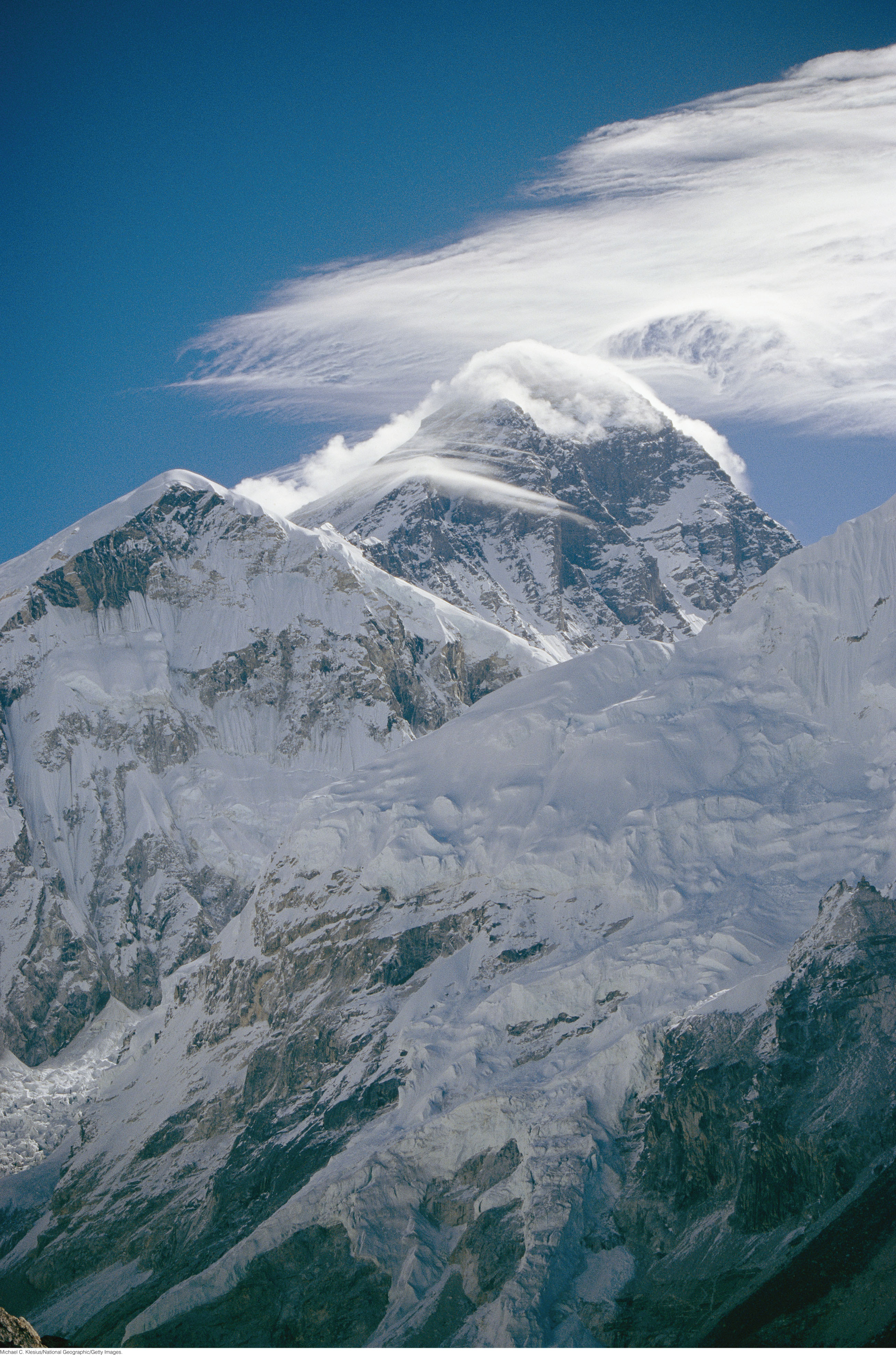26

PLATE TECTONICS: THE UNIFYING THEORY
 The Discovery of Plate Tectonics
The Discovery of Plate Tectonics The Plates and Their Boundaries
The Plates and Their Boundaries Rates and History of Plate Movements
Rates and History of Plate Movements The Grand Reconstruction
The Grand Reconstruction Mantle Convection: The Engine of Plate Tectonics
Mantle Convection: The Engine of Plate Tectonics The Theory of Plate Tectonics and the Scientific Method
The Theory of Plate Tectonics and the Scientific Method
27
THE LITHOSPHERE—EARTH’S STRONG, rigid outer shell of rock—is broken into about a dozen plates, which slide past, converge with, or separate from each other as they move over the weaker, ductile asthenosphere. Plates are formed where they separate and recycled where they converge in a continuous process of creation and destruction. Continents, embedded in the lithosphere, drift along with the moving plates.
The theory of plate tectonics describes the movements of plates and the forces acting on them. It also explains volcanoes, earthquakes, and the distribution of mountain chains, rock assemblages, and structures on the seafloor—all of which result from events at plate boundaries. Plate tectonics provides a conceptual framework for a large part of this textbook and, indeed, for much of geology.
This chapter lays out the theory of plate tectonics and how it was discovered, describes plate movements today and in the geologic past, and examines how the forces that drive these movements arise from the mantle convection system.
28